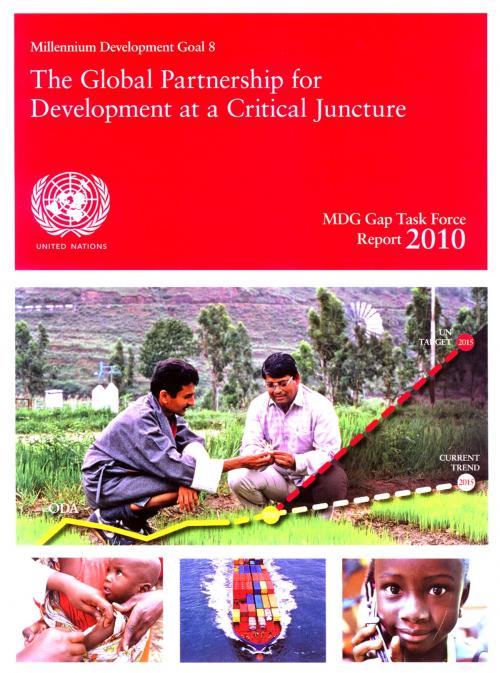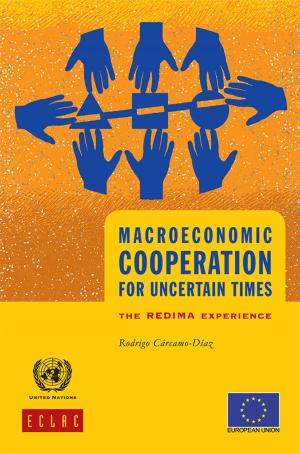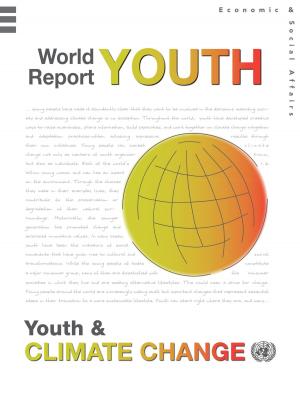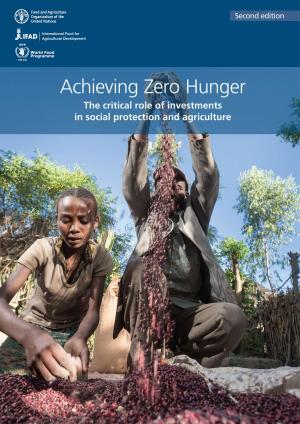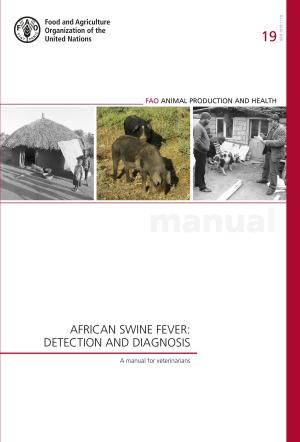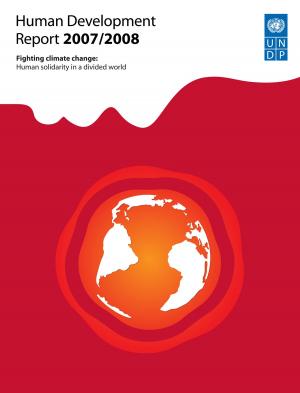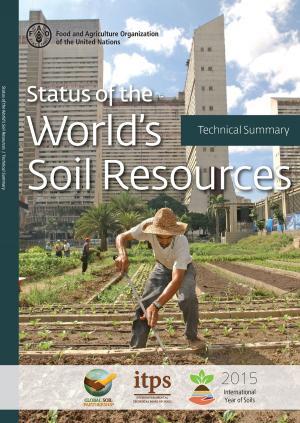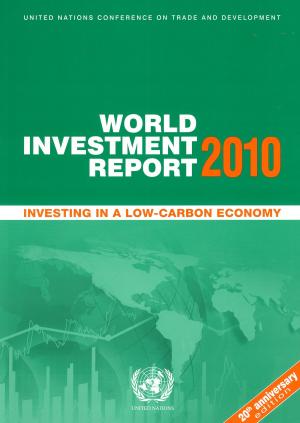| Author: | United Nations | ISBN: | 9789210547291 |
| Publisher: | United Nations | Publication: | February 10, 2012 |
| Imprint: | Language: | English |
| Author: | United Nations |
| ISBN: | 9789210547291 |
| Publisher: | United Nations |
| Publication: | February 10, 2012 |
| Imprint: | |
| Language: | English |
In September 2010, world leaders will take stock of MDG achievements to date at the High-level Plenary Meeting of the United Nations General Assembly. Much progress has been made since 2000, but there is still a great deal more to be achieved in order to fulfill the promise of the MDGs. In this sense, the global partnership for development stands at a critical juncture, with only five years left until the 2015 deadline to delivery on the commitments made and to achieve the MDGs. Remaining gaps are still very large and there have been setbacks because of the global food, energy and financial crises. The deadline for commitments in a number of crucial areas (including increased aid volume, improved aid effectiveness, and the conclusion of the Doha Round of trade negotiations) is 2010, but there is little prospect of successful delivery. The 2010 issue of the report identifies the implementation gaps in the commitments made under MDG 8 and provides recommendations on how to address them, on strengthening the global partnership, and ultimately supporting developing countries in achieving the MDGs.
In September 2010, world leaders will take stock of MDG achievements to date at the High-level Plenary Meeting of the United Nations General Assembly. Much progress has been made since 2000, but there is still a great deal more to be achieved in order to fulfill the promise of the MDGs. In this sense, the global partnership for development stands at a critical juncture, with only five years left until the 2015 deadline to delivery on the commitments made and to achieve the MDGs. Remaining gaps are still very large and there have been setbacks because of the global food, energy and financial crises. The deadline for commitments in a number of crucial areas (including increased aid volume, improved aid effectiveness, and the conclusion of the Doha Round of trade negotiations) is 2010, but there is little prospect of successful delivery. The 2010 issue of the report identifies the implementation gaps in the commitments made under MDG 8 and provides recommendations on how to address them, on strengthening the global partnership, and ultimately supporting developing countries in achieving the MDGs.
